|
|
|
|
|
Director's Blog
| MTwG's License with Music Together® Worldwide |
| By Glenda Cloutier on February 16, 2024 |
As with all music, we at Music Together with Glenda feel it is important to acknowledge and fairly compensate artistic creators such as musicians, education specialists, illustrators and performing and recording artists for their work. We also place great importance on holding our license with Music Together® for the same reason. Music Together is the global leader in early childhood music education, and has created 9 semesters of licensed music curriculum for certified teachers to use at licensed Music Together Centers all over the world. That’s why we always ensure our families’ enrollments include licensed Music Together resources consisting of the semester’s music via access codes, downloadable recordings and activities through the Family Music Zone®, CDs, musical growth chart and family guide, and award-winning illustrated songbooks—all created by Music Together. Along with growing a collection of hundreds of licensed, award-winning songs, dances and chants from across the globe, your family has the peace of mind when you enroll in a Music Together program that your fees fairly compensate all recording and performing artists, musicians and content creators, as guaranteed by our licensing agreement with Music Together Worldwide. Copyright infringement and piracy are crimes. Your locally owned Music Together Center strives to connect and support artists and musicians while providing children and families with the highest quality, research-based music and movement education available in the world. |
| (0 comments - comment on this) |
| How Music Together Classes Help Children Regulate Their Behavior |
| By Glenda Cloutier on December 31, 2022 |
Is your child known as a "handful?" This blog will help answer some of the most pressing questions that many parents and caregivers ask when considering whether to invest in a music class for their young child. For starters, how does music learning create well-adjusted children? How does a Music Together classroom help children learn to adjust their own energy levels naturally and gently?
The topic of energy level has come up recently with several Music Together with Glenda families, so I’ll begin with the second question. Did you know that Music Together classes are designed and structured with energetic young children in mind? Part of the goal of Music Together classes is to teach children to regulate their own energy level. We do this by adhering to a predefined energy flow arc within each 45-minute class period. You may well ask; can a very energetic toddler really be expected to “settle” in a class that is 45 minutes long? The answer to both good questions is a resounding yes! The “energy map” of each class begins with a welcoming song to build community, and then gradually works up to a high energy climax. Along the way, focus points allow for sharpened concentration opportunities created by each release of energy. Finally, a cooldown set of songs/activities concludes the class with the Good-bye song. As children learn the energy arc, they become comfortable knowing what to expect, and how to adjust their own energy level accordingly. Knowing there are always predictable times when they can let it all hang out helps them to moderate their own behavior in the low energy segments. It takes time, but children do learn the map and consequently learn to adjust their own energy levels throughout the 45- minute class from week to week.
Results don’t happen immediately since young children are often exposed to many different types of activities that don’t have the same structure as a Music Together class. For example, some programs, though excellent, do not follow a plan or layout that specifically targets energy flow. And rarely do early childhood programs design a lesson plan that follows a carefully calibrated and consistent energy arc from week to week. So, there may be some confusion due to competing programs especially in the beginning. As children become acculturated to each situation, they will bring what they learn in their Music Together class with them into other environments. Which not only benefits them, but everyone around them.
In addition, children in less energy-conscious types of environments often compete with one another for attention. A Music Together class focuses on the parent/caregiver/child bond versus attracting and holding the group’s attention. Classes are non-performance oriented, although highly participatory, and informal so that all levels of participation are enjoyed by the families present.
Depending upon the age of the child, it may take at least two (or more) full semesters for a child to adjust to the unique conditions Music Together classes offer. The process requires self-knowledge so that as the child grows and is regularly exposed to the predictable energy flow of class, they grow in all respects through a natural and developmentally appropriate set of songs and movements. This growth encompasses the whole child: culturally (what is considered appropriate behavior), psychologically, emotionally and socially (interactions with caregiver and with others in class over time releases those hormones that create community), linguistically, physically through motor development and spatial reasoning, and of course, musically. And the growth occurs naturally through singing, playing, and bonding with caregivers and friends. Children don’t have to go on to study music privately, though many do, and are well prepared to do so after the complete sequence of song collections. One thing all children and their grownups carry away with them, is a delight in making music with competence and confidence.
Now as for the first question, it’s good to note that by the time a child has progressed through the Music Together program, often along with siblings, they have been exposed to a whole world of musical styles and genres and have learned to keep time and sing in tune with others whom they have grown to know and love. Their ear has developed, and been trained to hear specific pitches, and they’ve gotten the beat into their entire body. (Did you know that upper body rhythmic movement is the first and easiest to develop, and that lower body rhythmic development can often take quite a bit longer to attain?) That’s why it is so valuable for young children to spend time in a grown-up’s lap, being tapped and bounced and sung to on an ongoing basis to allow for their own rhythmic experience to be internalized. Classes contain a mix of activities that are movement based including both upper and lower body. Regular beat keeping will very likely be observed first in the upper body.
Finally, when considering whether or not to invest in a music education/movement program for your young child(ren), consider the fact that children don’t require formal instruction in how to speak yet they acquire it so easily that they may be said to be hardwired in doing so. Due to the extensive modeling early in life, language and speech are acquired easily prior to any formal instruction. Music Together designs its classes and approach by catering to this same modeling effect. Classes are immersive and highly participatory to engender the same familiarity and ease in music making as in learning to speak. (Edwin E. Gordon: Music Learning Theory for Newborn and Young Children, 2013 ed., GIA Publications, Inc., p 116.)
In terms of well-adjusted children, what are the behaviors we would hope to see? Greeting others, sharing, acquiring friends, playing, laughing, singing -- all rank high in the list most of us might easily agree. Each element in this cursory list is thoughtfully choreographed and offered throughout a session of Music Together classes. Families and friends who sing together, stay together. Bonds are created and sustained through regular joyful gathering where everyone is accepted and included. Welcome 2023! We’ll greet you with a song in our hearts and on our lips!
Happy New Year, Everybody!
|
| (0 comments - comment on this) |
| How Kids Learn |
| By Glenda Cloutier on July 21, 2022 |
When my son was around age seven, he was interested in tennis so I dutifully signed him up after several failed attempts at other sports. You know what it's like as a parent looking around for something your child will love and thrive in. Maybe even enjoy for a lifetime. So I was hoping tennis would "take." The price for a set of classes for homeschooled students was really a bargain so I didn't think I had much to lose even though it was a bit of a drive. Long story short, it did take. And in a remarkable way that I remember long after the fact. I recall his teacher's words as if they were spoken yesterday. "Your son learns best by watching." I think he was hoping to inspire me to pick up a racket. Oh well, if wishes were horses... Fast forward to today, July 21, 2022 and a news story about a seven year old boy who saved a friend's life in the school cafeteria using the Heimlich maneuver. He saw his friend choking, and just jumped into action. Asked later where he learned how to do that, his answer surprised me, and then I found myself nodding my head. He revealed he had seen this life-saving technique on TV. There you have it. He learned it merely from watching someone else do it. But that really isn't so "merely" is it. Young children are wired with powers of observation that we can scarcely imagine. Think about what your children are learning from you, and from others in Music Together class. What takes place in a loving, nurturing, fun, and exciting 45 minutes with loved ones and friends packs in all kinds of learning including social and behavioral development, language development, mathematical thinking and more. And that list didn't even mention musical sensitivity leading to what we in Music Together term, basic music competence. Music Together teachers consciously model accurate beat, pitch, and a myriad of musical concepts in every song we sing together with families. When our guidance is enthusiastically followed by parents and caregivers alike, it creates a magical atmosphere that enriches all our lives in countless meaningful ways.
|
| (0 comments - comment on this) |
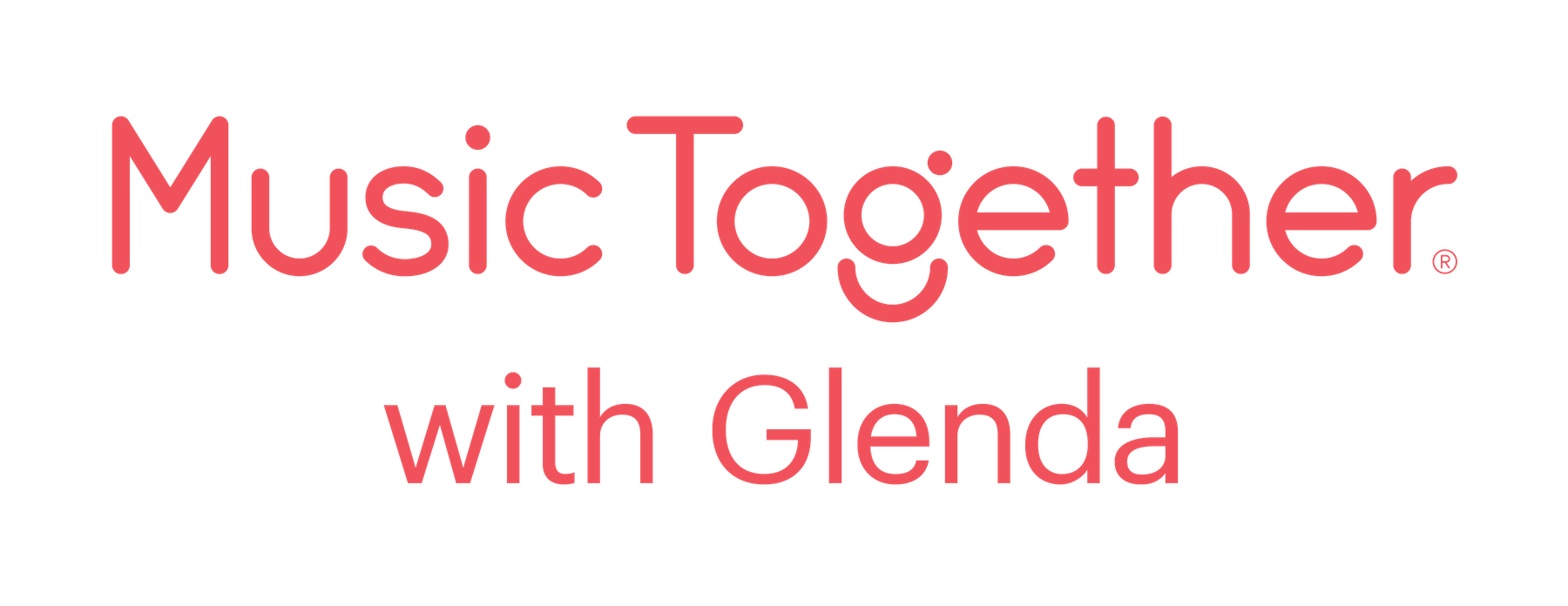

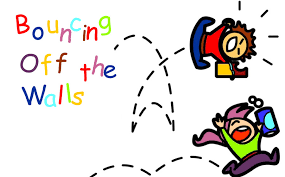

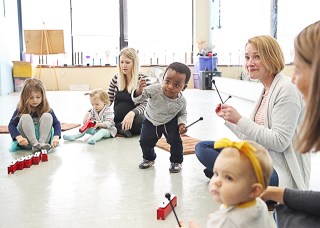
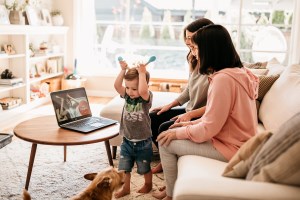
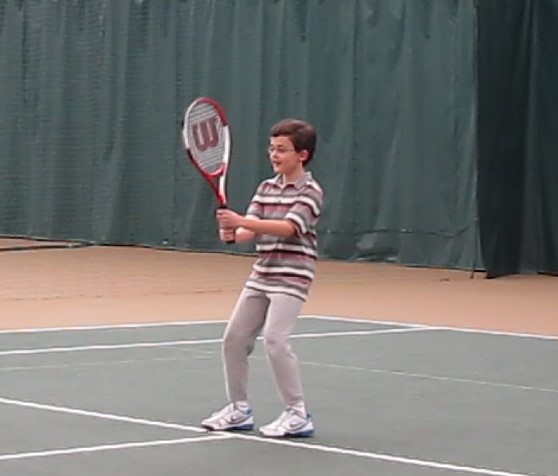

 My son started out in Music Together classes with Ms. Karen. Her classes were truly the highlight of our week. Mine, my husband's, and our son's. If you want to instill a love of music and the arts in your children, you can do no better than to fully engage in class with your child. It's not just a music class, it's family bonding time, community building time. It's so much more than enriching, but it is certainly that, as well as a gift that will stick with your family throughout a lifetime together.
My son started out in Music Together classes with Ms. Karen. Her classes were truly the highlight of our week. Mine, my husband's, and our son's. If you want to instill a love of music and the arts in your children, you can do no better than to fully engage in class with your child. It's not just a music class, it's family bonding time, community building time. It's so much more than enriching, but it is certainly that, as well as a gift that will stick with your family throughout a lifetime together.
